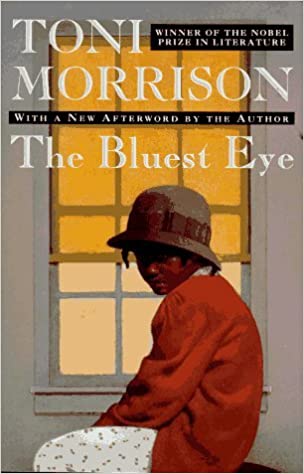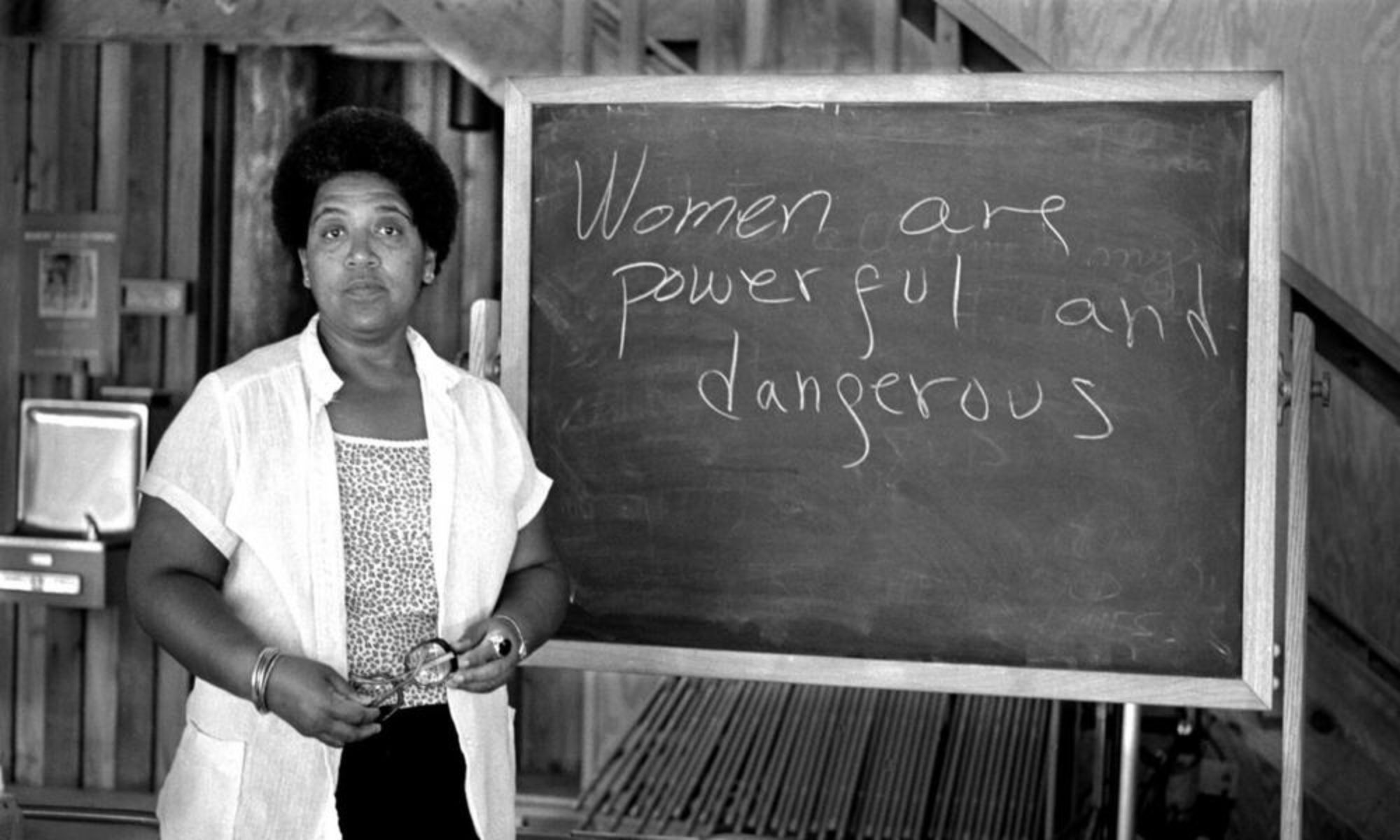I chose to read the ” Bluest Eye” by Toni Morrison for my book report. The book is about two girls named Claudia and Frieda. They are living in Ohio in 1941. They become friends with another girl named Pecola and she comes from a troubled family. The problems in the family are that the dad is a alcoholic, her mother is not very nice to her and her brother always tries to run away. Both parents had hard childhoods. Pecola is fascinated with Shirley Temple and she believes that if she had blue eyes and white skin then everyone would be nice to her. She sees herself as ugly and everyone around her treats extremely horribly. For example everyone makes fun of her, Maureen who is a light skin girl becomes her friend at first but only to make fun of her, when Pecola goes to the candy store she is barley seen as a human being by the cashier, she is called a “nasty little black bitch” by a boy’s mother after being wrongly accused of killing his cat. The story progresses and contains chapters of the trio’s journey at school, home etc, flashbacks of Pecola’s parents when they were growing up, and the present. Towards the end Pecola is raped by her father twice, loses the baby, becomes mad and believes she has blue eyes.
The connections in ” The Bluest Eye” and ” Playing in the Dark” are that Morrison gives her characters traumatic back stories, their back stories comes from past traumas in their lives and pains from discrimination. Another connection is Morrison’s give her characters this obsession that white features are better, based on society’s promotion of white beauty while they reject their own inner and outer beauty.





I came across a couple of her books, and this one seems very interesting. Her work is powerful. I think your report really speaks volumes to what she mentions in Playing in the Dark.
I had enjoyed your report and with the rejection of ones own beauty due to seeing white or eurocentric features as the standard of beauty is extremely relevant to everyone’s everyday life. Within our society everything (almost everything) is marketed with and to various populations that eurocentric features is the standard of beauty. Within many communities people struggle with seeing themselves as beautiful and others who look like them as beautiful.